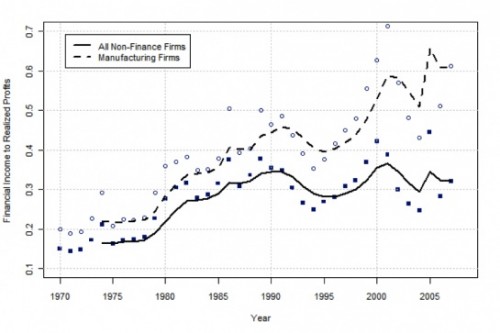Scholars suggest that studying abroad in a previously-colonized country may increase people’s cultural sensitivity and awareness of global inequality. I investigated this hypothesis by interviewing college students: one group had studied abroad for a semester or more, the other had only traveled out of the country for vacation.
I asked both groups to view and analyze fashion photography that contrasted models with more humble images of residents of less developed countries. I hoped people would point to how, by contrasting glamorous, thin, conventionally-attractive White models with “average” people from less-privileged countries served to heighten the high status of the West and their representatives. I saw this as a form of Western “slumming”: a practice of spending time in places or with people who are “below” you, out of curiosity or for fun or personal development.
My findings revealed that study abroad students think they’re more culturally competent but, in fact, they were no more likely than people who had never studied abroad to express concern about the exploitation of previously colonized people in ads like these.
The majority of students from both groups – those who’d studied abroad and those who hadn’t — demonstrated a distinct lack of concern. They unreflexively “Othered” the people in these images; that is, they affirmed the locals’ marginalized group status and labeled them as being Other, belonging outside of our normative Western structure.
The majority also expressed approval of the aesthetics of the ads without irony. For example, one student said: “I think it works because it’s this edgy, culturally stimulating, and aesthetically pleasing ad.” When asked the art director’s intentions, another student commented: “I don’t know. Just like ordinary people next to someone who’s on top of their fashion game.”
Only select few students successfully observed the use of Othering in the images. When asked the art director’s intentions of one image, a student replied: “I think it’s to contrast the model with the everyday life of these people… (it) feels more like an image of people of color being an accessory.” Noticing this theme, interestingly, did not correlate with having studied abroad, in contrast to my hypothesis.
My findings suggest, then, that living abroad for a semester or more in a previously colonized country does not necessarily contribute to the detection of global inequality in fashion photography.
Erica Ales is a senior Sociology major at Occidental College in Los Angeles, California.


















